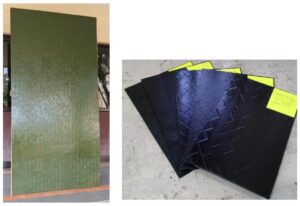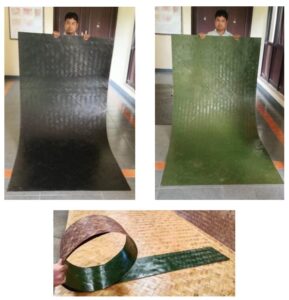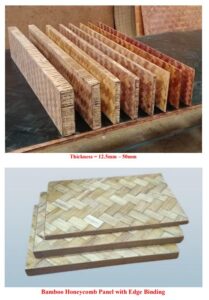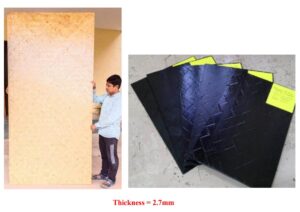1. Executive Summary
This project report outlines the establishment of a Bamboo Furniture Manufacturing Unit in India. The unit aims to produce eco-friendly, sustainable, and stylish bamboo furniture to cater to the growing demand for green products in both domestic and international markets. Bamboo, being a renewable resource, offers a cost-effective and sustainable alternative to traditional wood-based furniture.
2. Objectives
- Establish a sustainable and profitable bamboo furniture manufacturing unit.
- Promote the use of eco-friendly materials in furniture production.
- Generate employment opportunities in rural and semi-urban areas.
- Cater to the increasing demand for sustainable furniture in urban markets.
3. Market Analysis
3.1 Industry Overview India is the second-largest producer of bamboo globally, with significant reserves in northeastern states, West Bengal, and Maharashtra. The bamboo furniture market has been growing due to increasing environmental awareness and demand for sustainable products.
3.2 Target Market
- Urban households and offices looking for sustainable furniture.
- Export markets such as the US, Europe, and Southeast Asia.
- Hotels, resorts, and cafes requiring unique furniture designs.
3.3 Competition Analysis Major competitors include local carpenters, imported bamboo products, and established sustainable furniture brands. However, the abundant bamboo supply and skilled artisans in India provide a competitive edge.
4. Project Description
4.1 Location The manufacturing unit will be set up in a bamboo-rich region, such as Assam or Tripura, ensuring a steady supply of raw materials and employment opportunities for local artisans.
4.2 Product Range
- Chairs, tables, and sofas
- Beds and wardrobes
- Outdoor and garden furniture
- Decorative items and accessories
4.3 Manufacturing Process
- Raw Material Procurement: Bamboo is sourced from local suppliers.
- Treatment: Bamboo poles are treated to enhance durability and resist pests.
- Cutting and Shaping: Poles are cut into desired shapes and sizes.
- Assembly: Furniture pieces are assembled using eco-friendly adhesives and fasteners.
- Polishing and Finishing: Products are polished to enhance appearance and durability.
- Quality Control: Each item undergoes strict quality checks before packaging.
5. Financial Plan
5.1 Capital Investment
- Land and Building:
- Machinery and Equipment:
- Raw Materials (initial):
- Miscellaneous Expenses:
- Total: ₹1.10 crore
5.2 Operational Costs
- Labor:
- Utilities:
- Raw Material Procurement:
- Maintenance and Miscellaneous:
5.3 Revenue Projections
- Monthly Production Capacity:
- Average Selling Price per Unit:
- Monthly Revenue:
- Annual Revenue:
5.4 Profit Margin Projected profit margin is approximately 25% after covering operational costs.
6. Human Resource Plan
- Management Team: 5 members (operations, finance, marketing, HR, and design heads)
- Skilled Artisans: 50 workers
- Support Staff: 20 members
7. Environmental Impact The project will emphasize minimal environmental impact by using:
- Renewable bamboo resources.
- Eco-friendly adhesives and finishes.
- Energy-efficient machinery.
8. Implementation Plan
- Month 1-2: Land acquisition and registration.
- Month 3-4: Procurement of machinery and raw materials.
- Month 5-6: Recruitment and training of workers.
- Month 7: Trial production.
- Month 8: Commercial production launch.
9. Risk Analysis
- Raw Material Shortage: Mitigated by establishing contracts with multiple suppliers.
- Market Competition: Addressed by offering unique designs and competitive pricing.
- Logistics Challenges: Overcome through strategic location selection and robust supply chain management.





